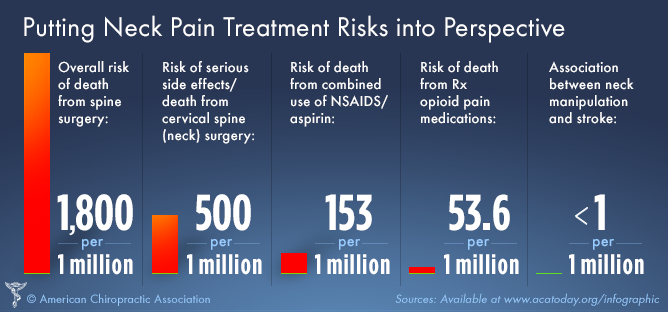Brace Yourself For An Exploration Into The Captivating Cellular Communications Of Cold Laser Treatment And Its Usage Of Light As A Recovery Device. Take A Deeper Study The Scientific Elements!
Brace Yourself For An Exploration Into The Captivating Cellular Communications Of Cold Laser Treatment And Its Usage Of Light As A Recovery Device. Take A Deeper Study The Scientific Elements!
Blog Article
https://www.wellandgood.com/what-is-moxi-treatment/ Created By-Walls Roberson
You may have become aware of cold laser treatment as an encouraging therapy alternative for different problems, yet have you ever before questioned how it really works on a mobile level? Recognizing the systems behind this therapy can clarify its performance in promoting recovery and lowering inflammation. By checking out the scientific research behind cold laser therapy, you'll acquire insights right into the remarkable ways in which light can influence cellular procedures and assist in cells repair work.
Just How Cold Laser Therapy Functions
To recognize just how cold laser therapy works, you require to comprehend the essential concepts of just how light power communicates with organic tissues. Cold laser treatment, likewise known as low-level laser treatment (LLLT), uses particular wavelengths of light to pass through the skin and target underlying cells. Unlike the extreme lasers made use of in surgical procedures, cold lasers emit reduced degrees of light that do not produce warmth or trigger damage to the cells.
When these mild light waves get to the cells, they're taken in by components called chromophores, such as cytochrome c oxidase in mitochondria. This absorption sets off a series of biological responses, including raised cellular energy manufacturing and the release of nitric oxide, which boosts blood circulation and reduces swelling.
Moreover, the light power can also boost the manufacturing of adenosine triphosphate (ATP), the power money of cells, assisting in mobile repair and regeneration procedures.
In essence, cold laser therapy uses the power of light energy to promote healing and ease pain in a non-invasive and gentle fashion.
Devices of Action
Just how does cold laser treatment really work to produce its restorative results on organic cells?
Cold laser treatment, additionally called low-level laser therapy (LLLT), runs through a procedure called photobiomodulation. When the cold laser is applied to the skin, the light power passes through the cells and is soaked up by chromophores within the cells.
These chromophores, such as cytochrome c oxidase in the mitochondria, are then promoted by the light energy, resulting in a cascade of biological responses. One key mechanism of action is the enhancement of mobile metabolic rate.
The soaked up light power raises ATP production in the mitochondria, which is important for mobile function and fixing. Furthermore, cold laser therapy aids to decrease swelling by hindering inflammatory conciliators and advertising the launch of anti-inflammatory cytokines.
This anti-inflammatory impact contributes to pain relief and cells recovery.
Restorative Effects
Recognizing the restorative results of cold laser treatment includes identifying exactly how the boosted mobile metabolic rate and anti-inflammatory properties add to its favorable end results on biological cells.
When the cold laser is related to the affected area, it stimulates the mitochondria within the cells, resulting in raised production of adenosine triphosphate (ATP), which is important for mobile function and repair service. This increase in mobile energy speeds up the healing procedure by promoting tissue regrowth and minimizing swelling.
Moreover, the anti-inflammatory buildings of cold laser treatment aid to decrease discomfort and swelling in the targeted area. By hindering inflammatory mediators and promoting the launch of anti-inflammatory cytokines, cold laser treatment aids in easing pain and improving the total healing action.
This reduction in inflammation not only supplies prompt relief however also supports lasting tissue repair.
Final thought
To conclude, cold laser treatment works by boosting cellular repair and cells regeneration through photobiomodulation. Its anti-inflammatory properties offer discomfort alleviation and reduce swelling by inhibiting inflammatory conciliators.
This therapy provides a thorough method to recovery, delivering both instant relief and lasting tissue fixing advantages.
Through its devices of activity, cold laser treatment proves to be a reliable and encouraging therapy alternative for a selection of problems.
